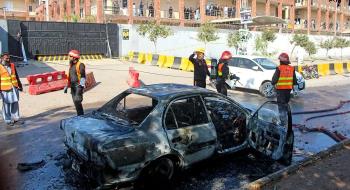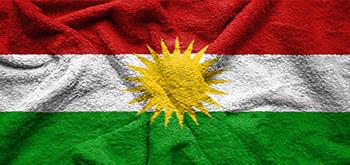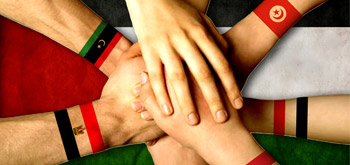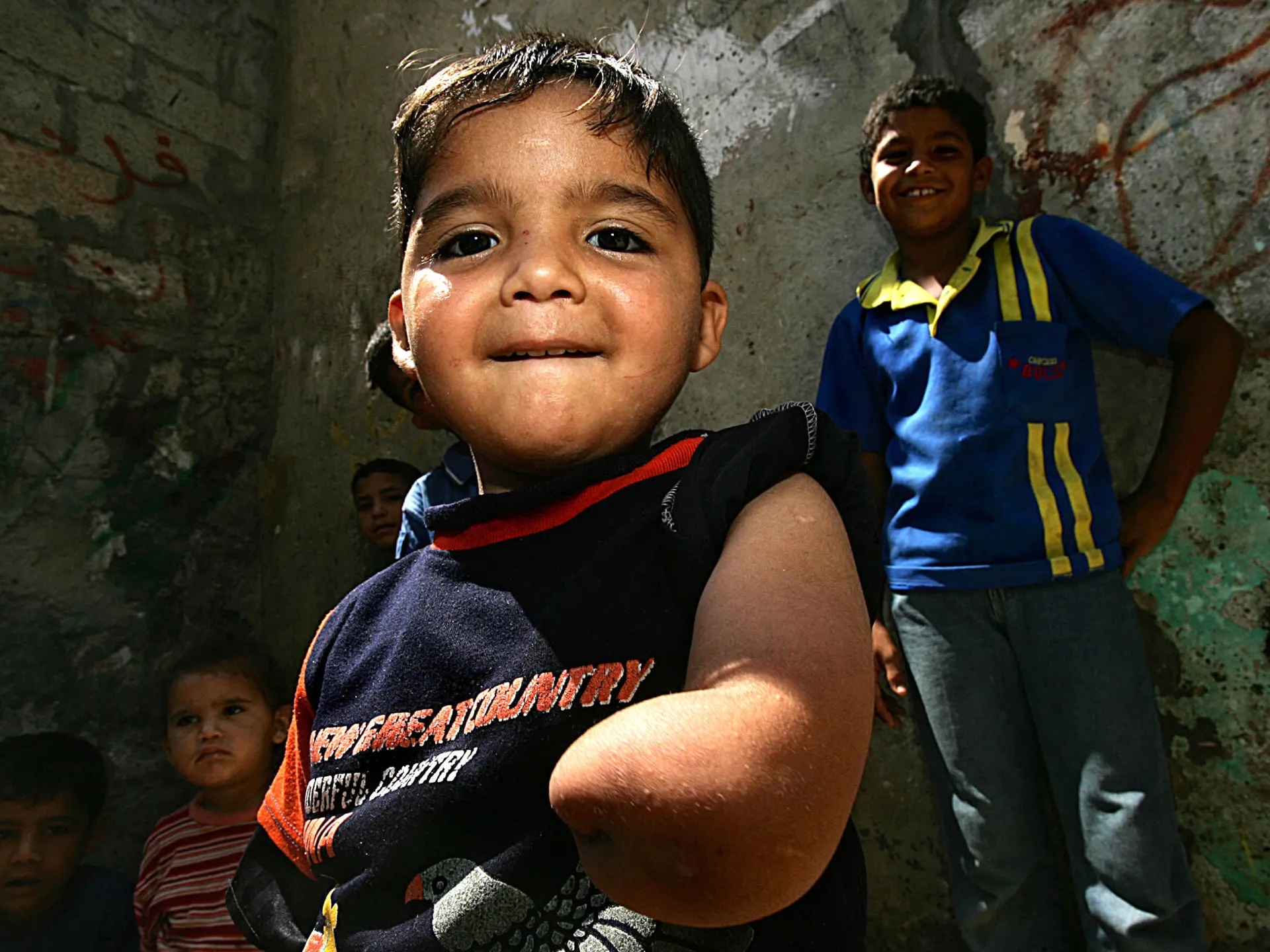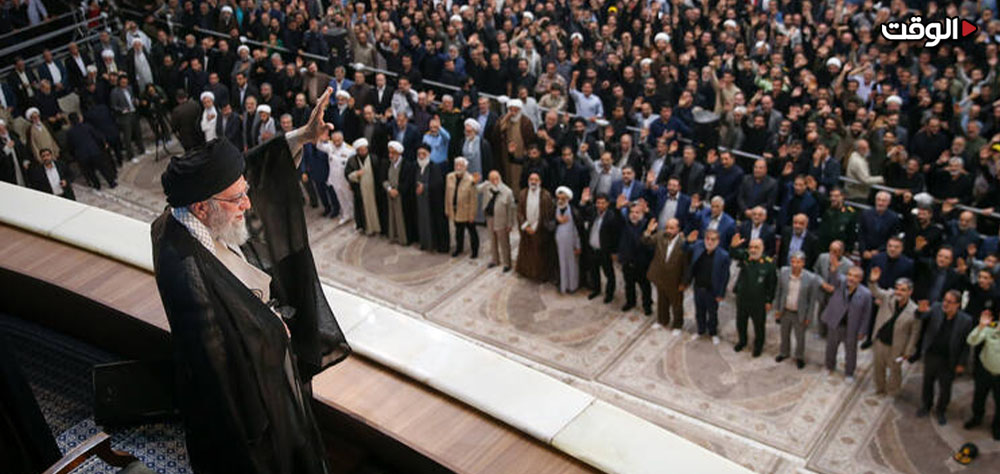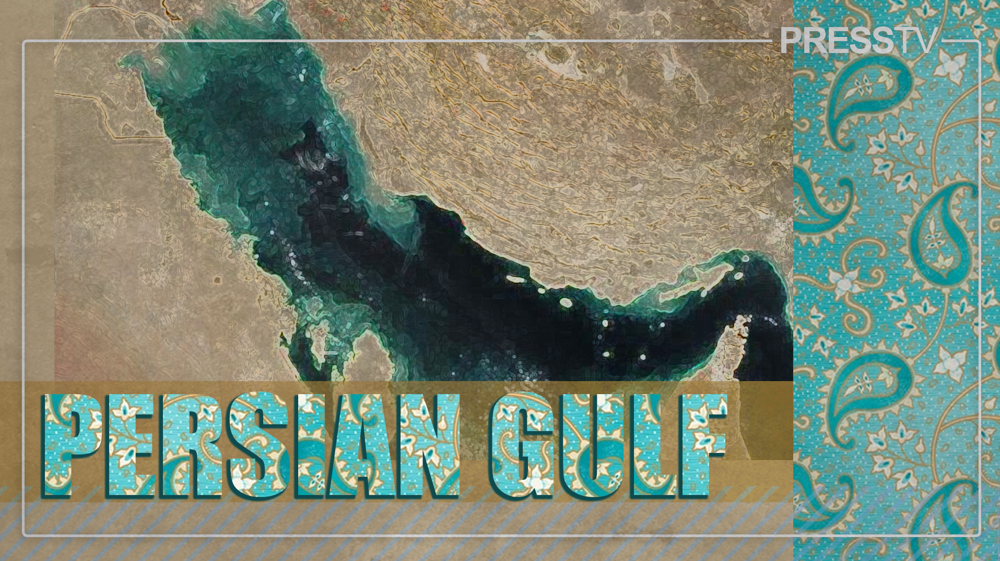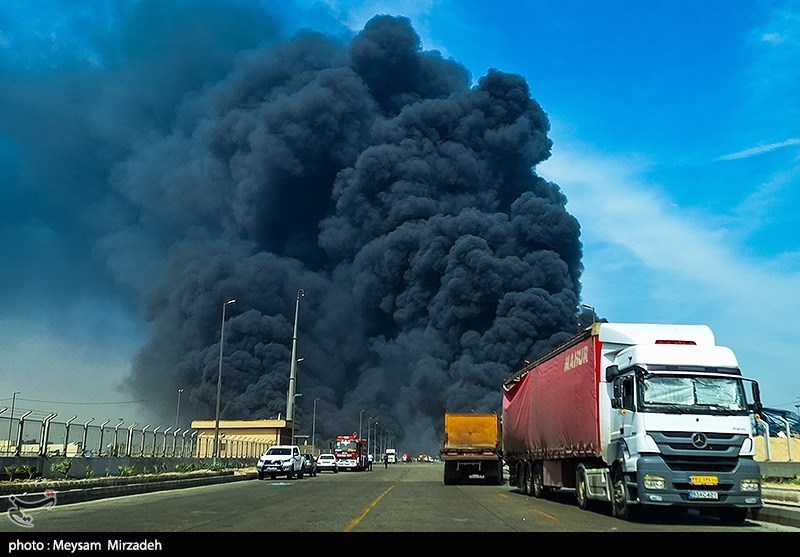Alwaght- Over the past two years, Gaza has endured one of the most severe humanitarian crises of temporary times. The genocidal Israeli war on this small and besieged Palestinian region not only killed tens of thousands and injured many more, but also has unleashed an unprecedented wave of permanent disabilities, especially body organ amputations.
Official reports by the Palestinian health ministry and international organizations reports suggest that Gaza is now suffering from the highest rate of organ amputations of children per person in the world.
Shocking figures
Gaza's Health Ministry reports that 6,000 amputations have been recorded to date, with children making up a quarter and women roughly 12 percent of the cases. Since the war began in October 2023, over 42,000 Palestinians have sustained life-changing injuries, including approximately 6,000 people who have undergone amputations or suffered severe spinal and limb damage.
The International Rescue Committee reports that Gaza now has the highest rate of child amputees in the world. Simultaneously, a UN disability rights committee has announced that over 21,000 children have been left with disabilities since October 2023. UNICEF further estimates that more than 64,000 children have been killed or injured. These figures point to a physical crisis with profound psychological and social consequences, as children face permanent disabilities from a young age and are in urgent need of mental health support.
Stories from the heart of crisis
A painful example of this crisis is nine-year-old Rateb Abu Qleeq from Khan Younis. After an Israeli attack on his home killed his mother and brother and resulted in the amputation of his leg, the once-active boy lost even the ability to kick a football. In response, his cousin Ahmed fashioned a crude prosthetic from a piece of sewer pipe and rope, allowing Rateb to rejoin his friends at play. This simple ingenuity symbolizes the desperate lengths families must go to in order to restore a sense of normalcy for their children, in an environment where access to proper medical equipment is nearly impossible.
Another case is that of Ibrahim Abdulnabi, a father of four who lost his leg after being shot while waiting for food aid. Determined to walk again and provide for his family, he and his wife constructed a basic prosthetic using sewer pipe and wire.
"I love life, and I will fight to continue it," he told Al Jazeera.
These accounts reveal how Gazans, cut off from medical supplies, are turning to makeshift, home-built prosthetics—an act that is both a symbol of profound resilience and a stark indicator of the depth of the social and psychological crisis.
Medical infrastructure crisis
The massive damage of hospitals and medical centers by the Israeli regime, combined with blockade and denial of medial equipment, has led to total collapse of the Gaza rehabilitation services. Common reports by medical organizations suggest that by September 2025, over 170,000 were injured and at least 25 percent are in need for long-term and mid-term rehabilitation.
The Palestinian Ministry of Health has warned that a severe shortage of assistive devices and equipment has created a dire humanitarian situation for families. Gaza has become a territory where even the most basic medical services for people with disabilities are inaccessible.
In response, the ministry has launched an international campaign to raise funds for a prosthetic and rehabilitation fund. This initiative, launched in cooperation with the Welfare Association, the Muneeb Foundation, and the Global Health Institute at the American University of Beirut, aims to rebuild Gaza's decimated rehabilitation sector.
Palestinian Health Minister, Majed Abu Ramadan, has emphasized the ministry's commitment to leading national efforts to reconstruct the rehabilitation system. He has called for local and international organizations to coordinate within a single, unified framework. These efforts underscore that the rehabilitation crisis in Gaza is not merely a local issue, but a pressing global concern.
Threat of unexploded ordnance
In the heart of this critical situation, a big danger lies, making things worse than before every single day. It is the unexploded ordnance that are threatening the lives of relief workers and children and others attempting to clear the rubble.
The United Nations Mine Action Service (UNMAS) reports that at least 52 Palestinians have been killed and 267 injured by unexploded ordnance since October 2023. It is estimated that between 5 to 10 percent of the munitions fired into Gaza failed to detonate, effectively turning the territory into a massive minefield.
Local sources state that over 71,000 tons of explosive material remain scattered throughout the Gaza Strip. This persistent threat not only endangers the lives of civilians but has also severely hampered efforts to recover bodies and clear the rubble from destroyed areas.
Mahmoud Basal, a spokesman for the Gaza Civil Defense, has warned that the presence of these explosives amidst the corpses and debris poses a fundamental and intolerable crisis for the people of Gaza. The situation, he noted, inflicts severe psychological trauma on families and children, compounding the immediate physical danger.
Disabilities, the open wound of Gaza war
Reports and stories suggest that the Gaza disability crisis is part of a systematic Israeli policy. Massive use of heavy weapons, cluster bombs, and powerful missiles by Israeli military in densely-populated areas not only has increased human casualties, but also has caused a wave of permanent disabilities. This approach, many observers suggest, is an Israeli effort to increase the physical and psychological suffering of civilians and accumulate a collective pressure on the Palestinian society.
The social and psychological toll of this crisis is inescapable. Children, facing permanent disabilities from a young age, require urgent psychological support. Families are buckling under the economic and social strain of caring for disabled members, while countless children and adults, unable to participate in daily life, are sinking into depression and isolation. These consequences show that Gaza crisis is not just a physical issue, but also impacts the people at social and psychological levels.

